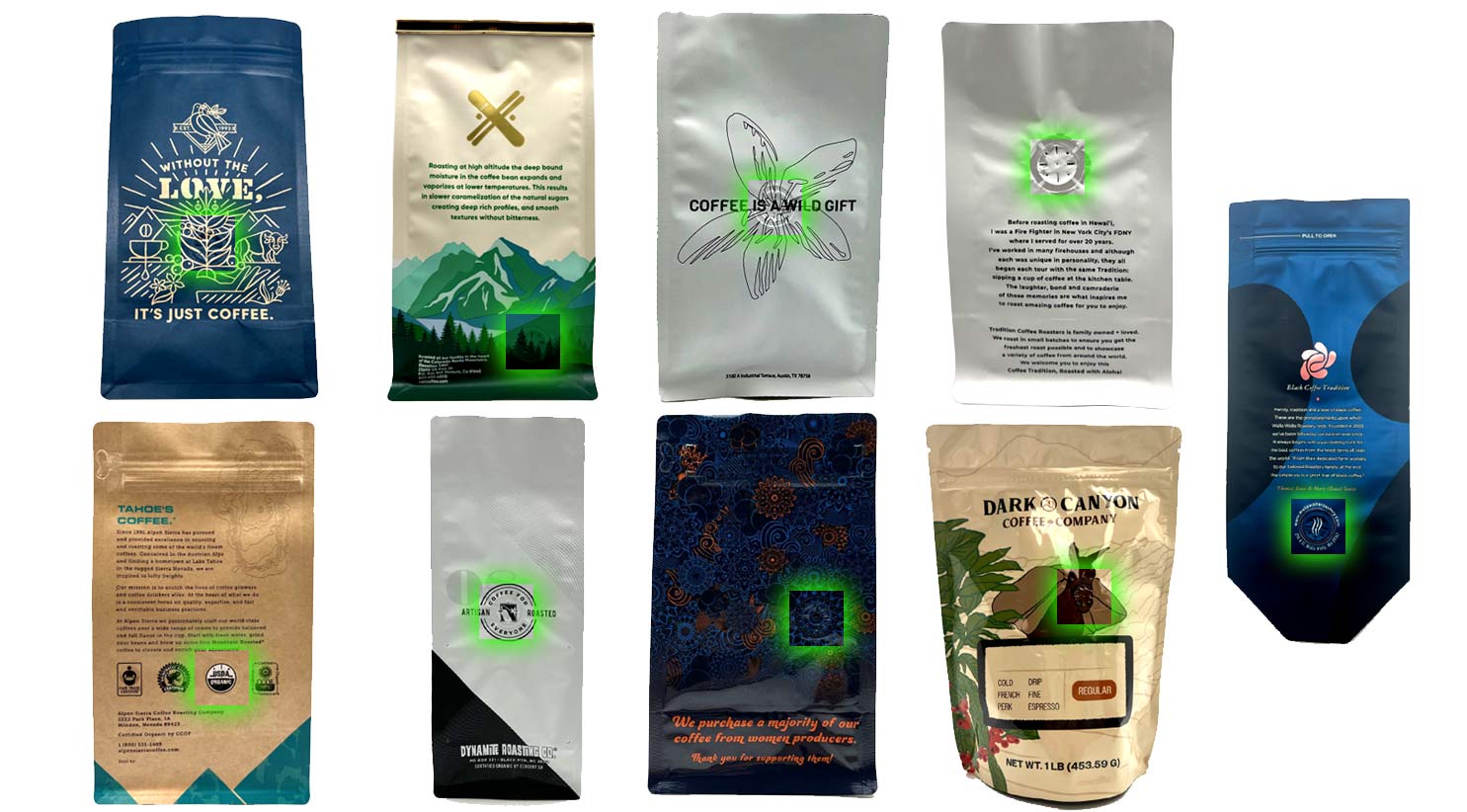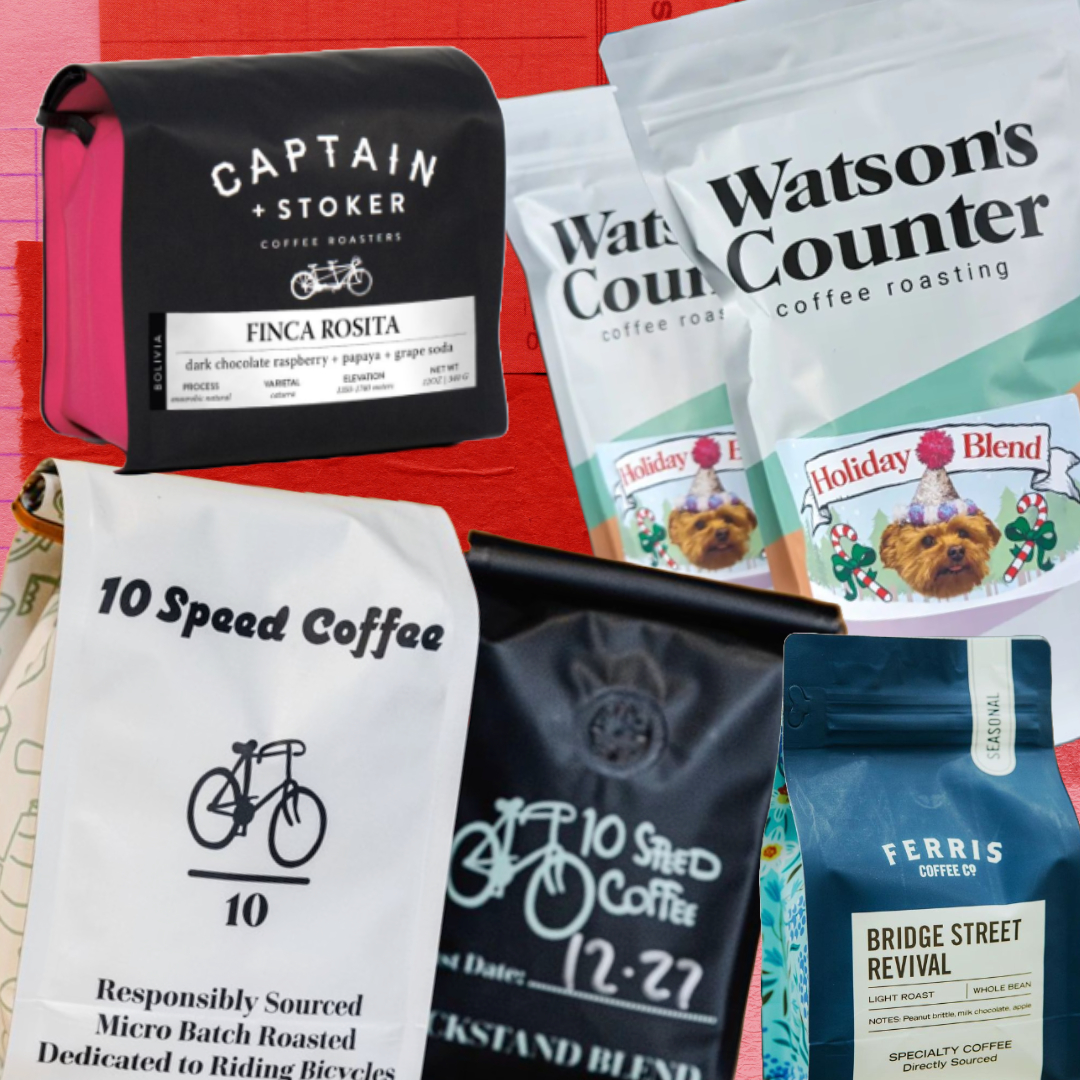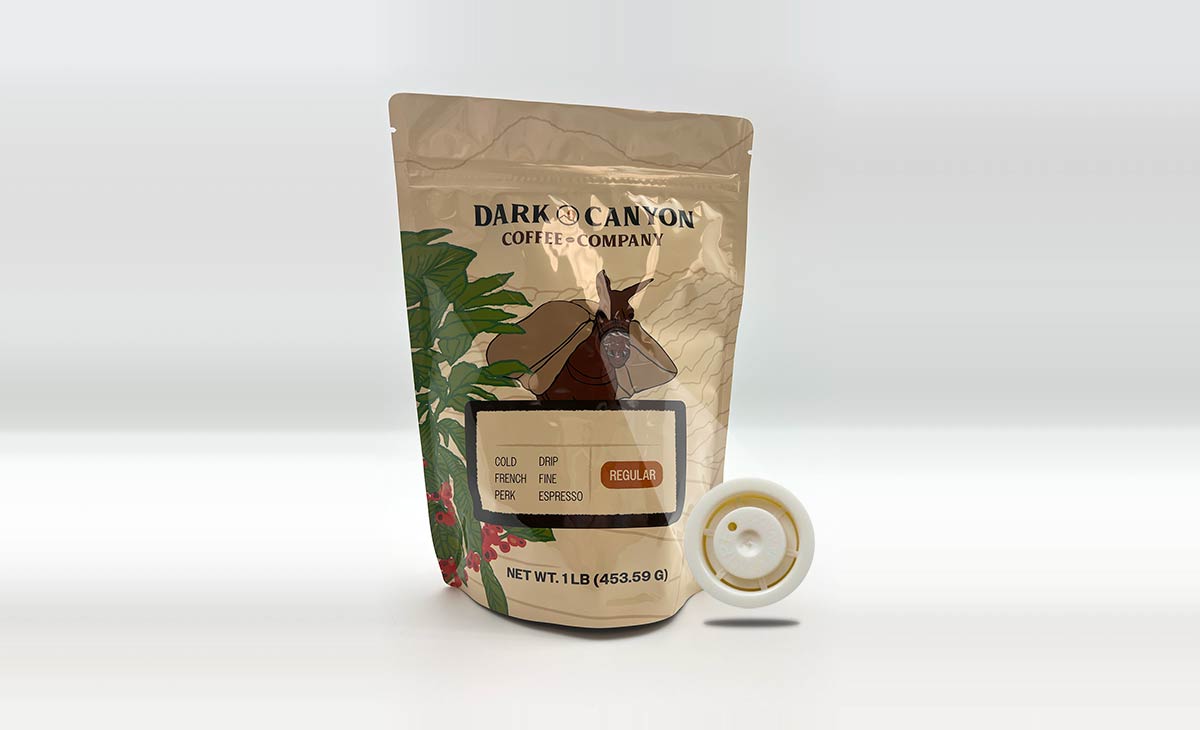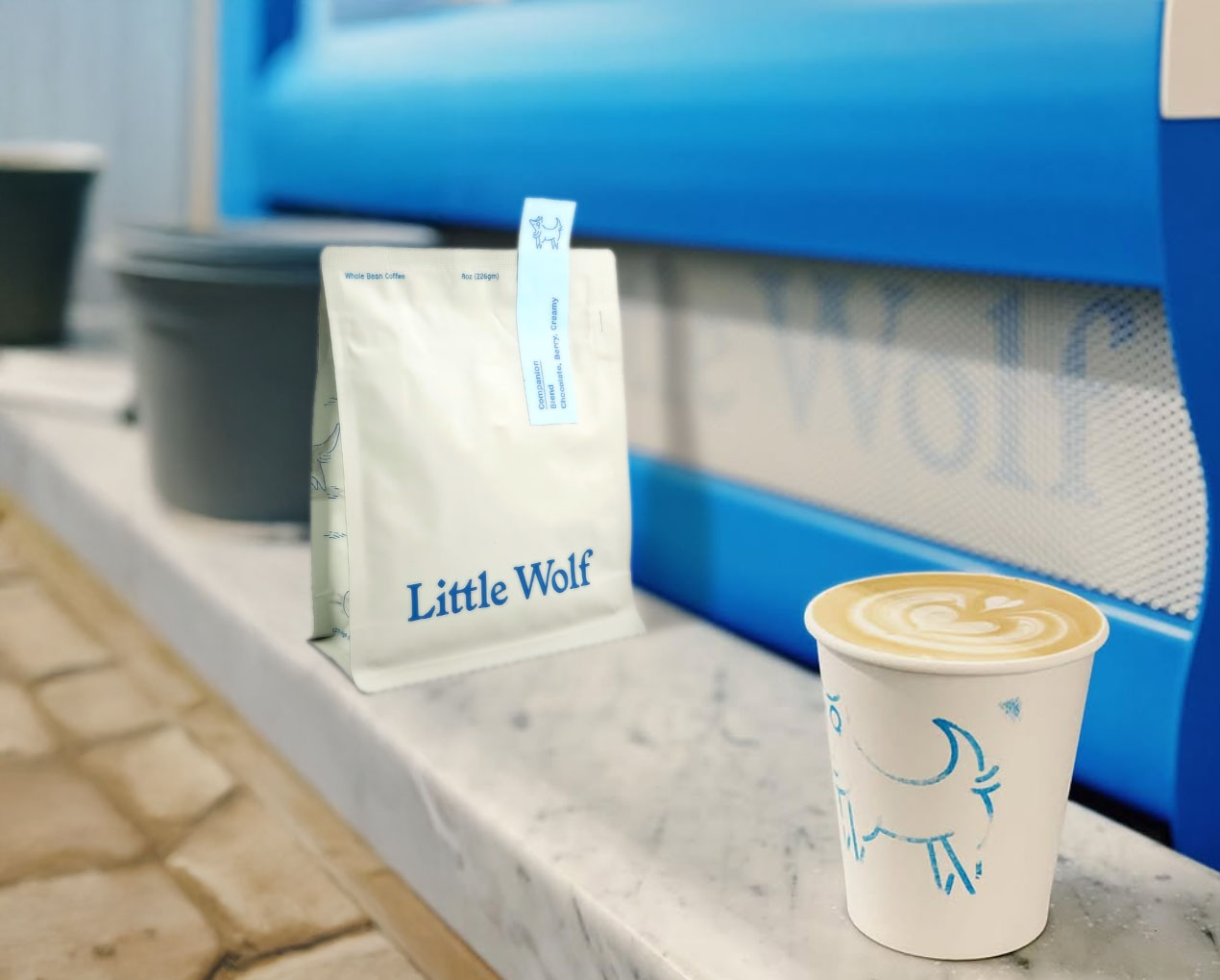Freshly roasted coffee gives off carbon dioxide and reacts fast with oxygen. A resealable coffee bag with an air tight valve solves both issues at once. The valve lets built up gas escape while blocking outside air, and the zipper cuts down oxygen each time you close the bag. The payoff is simple: more aroma, better crema, and a cup that tastes right from the first pour to the last.
Everyday Problem
You open a bag and the smell is amazing. A few days later, that pop of aroma is mostly gone. Here is what is happening:- Oxygen sneaks in and dulls the flavor.
- Light and moisture push the coffee out of balance.
- CO₂ builds pressure inside the bag and can stress weak seals.
What The Air Tight Valve Does
Roasted beans release CO₂ for days. If the gas stays trapped, the bag swells and small leaks can form. An air tight valve lets CO₂ exit without inviting oxygen in. Your beans rest in a calmer, low oxygen space. Taste benefits:- Slower oxidation, so sweetness and aroma last longer
- More reliable crema for espresso
- Safer shipping and storage with no ballooning bags
Why The Reseal Matters After Opening
Each time you open a non resealable bag, a rush of air enters. A zipper lets you press out extra air and close the bag firmly. What you gain:- Better day to day freshness at home
- Cleaner pantry storage with fewer spills
- Less odor transfer from nearby foods
Lossless Quality vs Quality Loss
Think of coffee flavor like a charge on a battery. Oxygen and light drain it. The right package slows the drain. Lossless leaning setup- Air tight valve: releases CO₂ while blocking outside air
- Zipper: limits fresh oxygen between uses
- High barrier films: resist moisture and light
- No valve: pressure builds, seals weaken, oxygen leaks in
- No reseal: every opening invites a new gulp of air
- Thin films: faster fade in aroma, body, and clarity
Simple Routine For Fresher Coffee
- Buy whole bean and grind right before brewing
- After scooping, press out extra air and seal the zipper fully
- Store in a cool, dark place away from odors
- Finish within a few weeks of the roast date
Resealable Coffee Bags With Air Tight Valve vs Without
| Feature | Bag with air tight valve and zipper | Bag without valve or reseal |
|---|---|---|
| Gas management | CO₂ exits through the valve, pressure stays stable | Gas trapped, bag swells, seals can weaken |
| Oxygen after opening | Zipper limits new air between uses | Large rush of air with every opening |
| Aroma and flavor | Slower fade, brighter notes longer | Faster staling and muted taste |
| Daily convenience | Clean pour, quick close, better storage | Clips and tins needed, higher spill risk |
Choose A Bag That Fits Your Routine
- Stand up pouches with zipper and valve: easy to scoop and store
- Flat bottom bags with valve: stable on the counter and great shelf appeal
- Tin tie bags with valve: fast close for cafes, add a zipper for longer home storage
FAQs
Do I still need a canister? Not required. A high barrier, resealable bag with an air tight valve works on its own. If you use a canister, keep the beans inside the bag and place the bag in the canister. Can a valve fix stale coffee? No. It protects fresh coffee. It will not reverse staling that already happened. Should I freeze coffee? Yes, if you will not drink it soon. Split into small valve bags, seal tight, and thaw only what you need. Contact Our Team!
Contact Our Team!
Why Us?
3x SCA Best New Product Award Winner
Industrial Compostable Packaging
Din Certo Certified
Your Very Own White Label Mobile App
Pono Collective: Providing Coffee Education
Lower MOQs With Our Digital Print Process
Setting Trends While Elevating Your Brand




